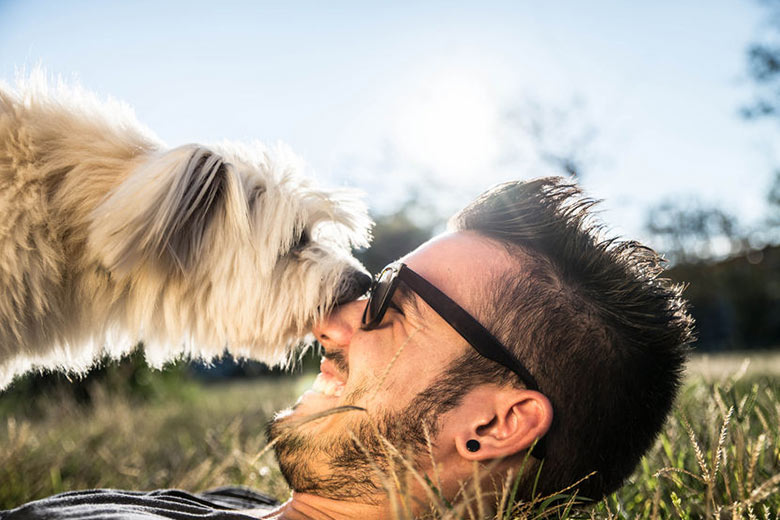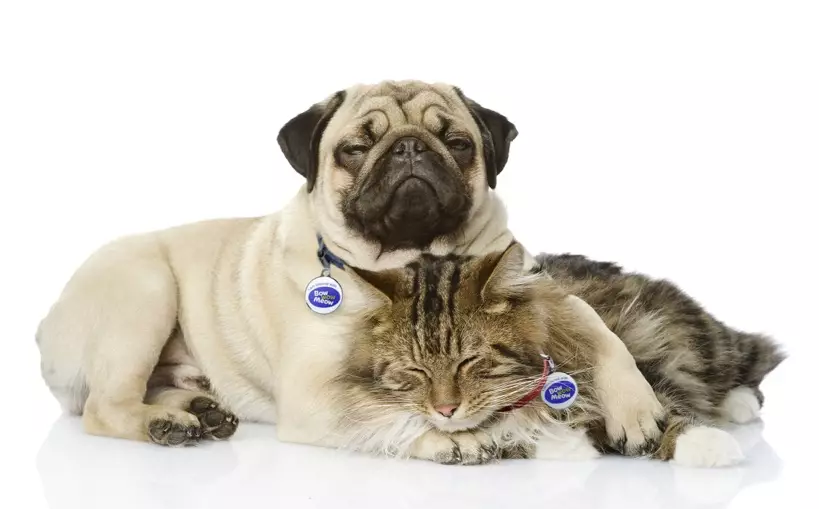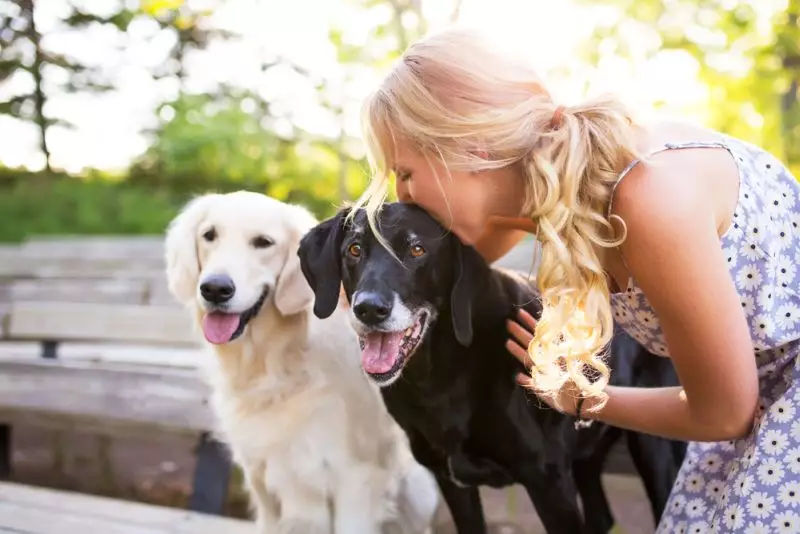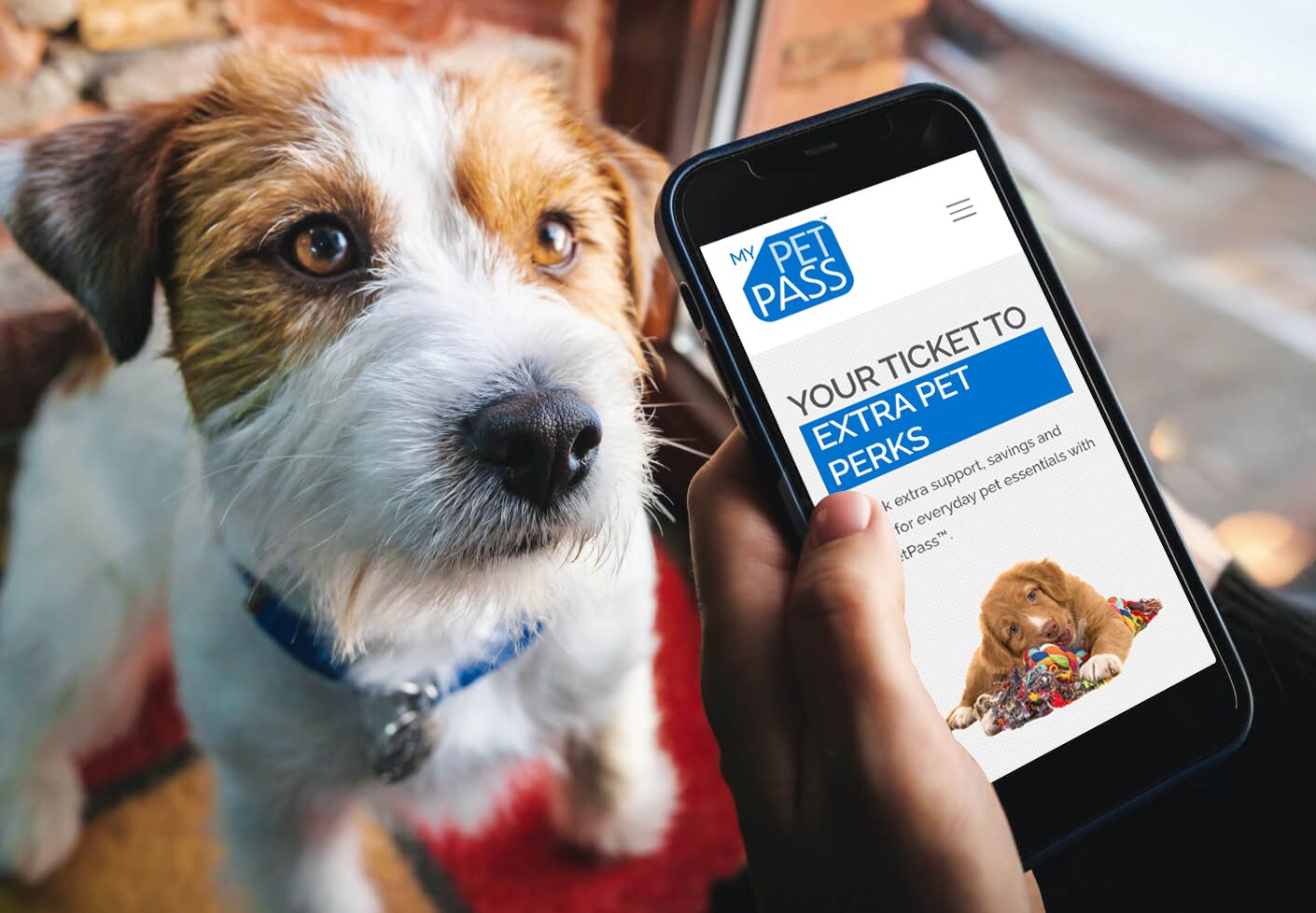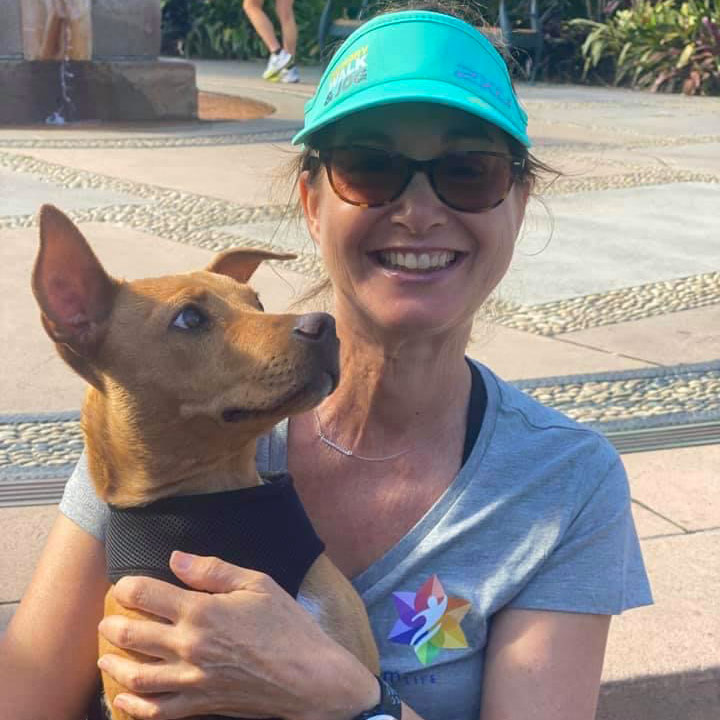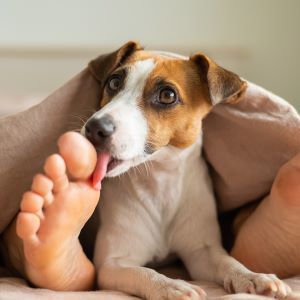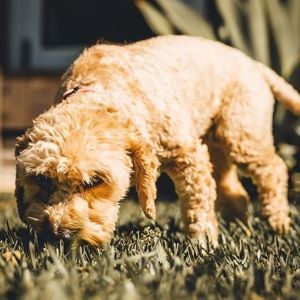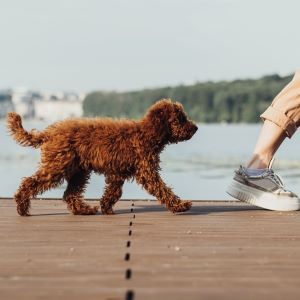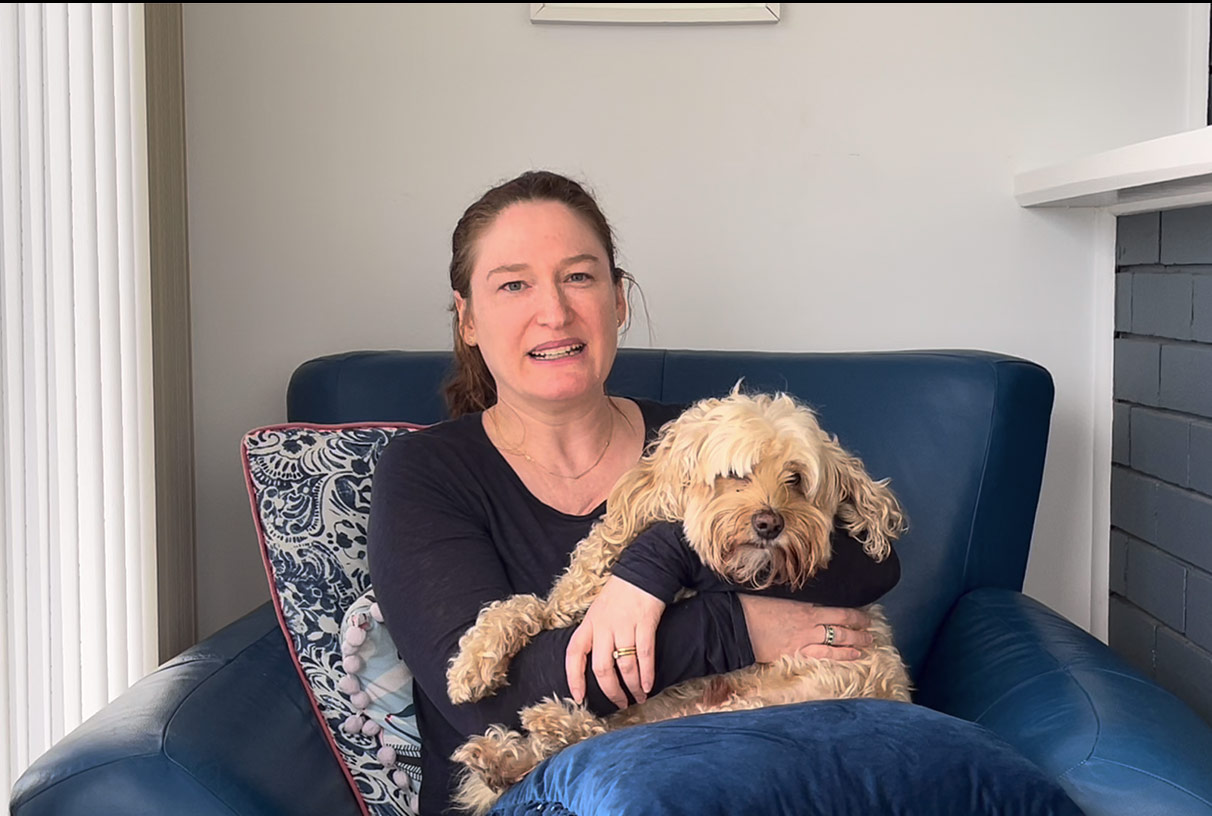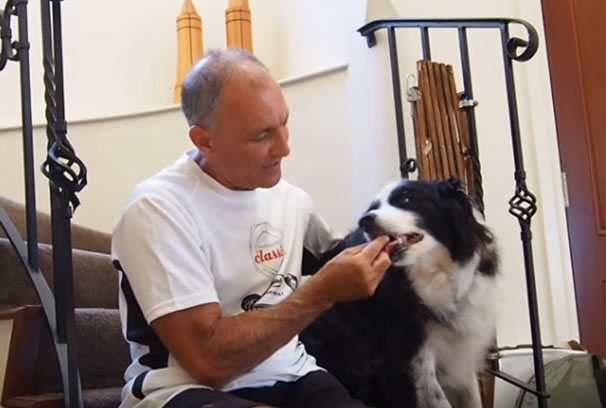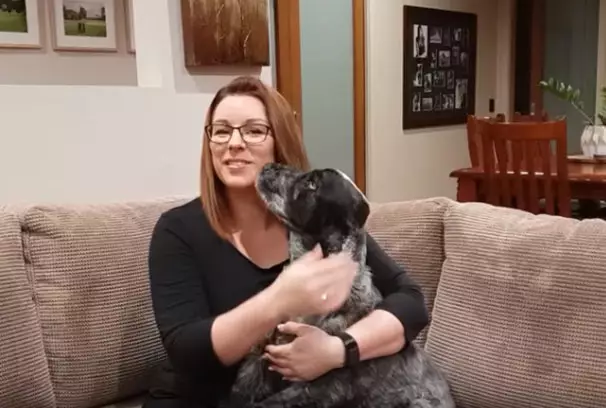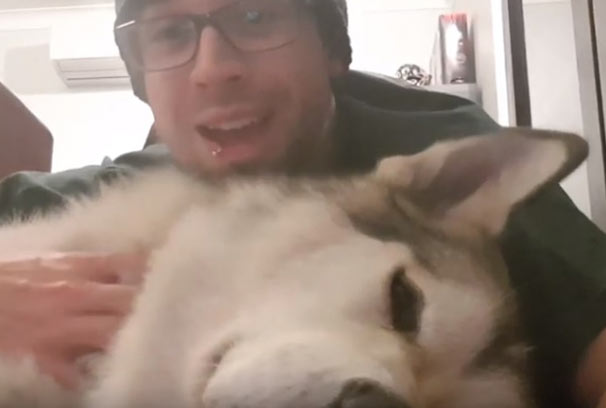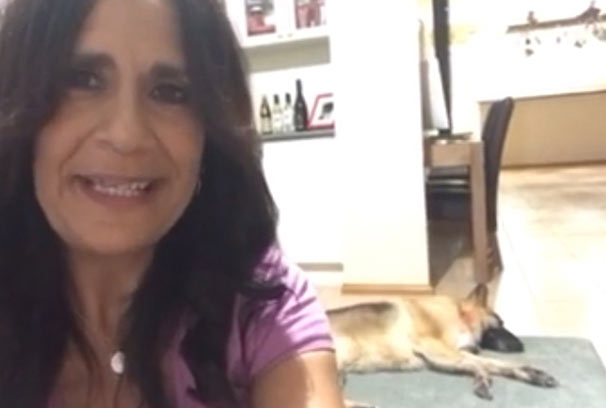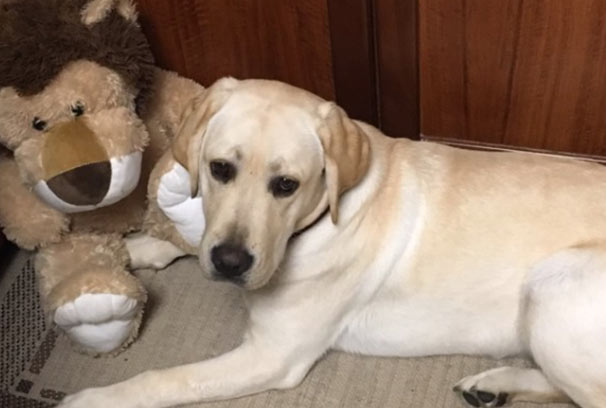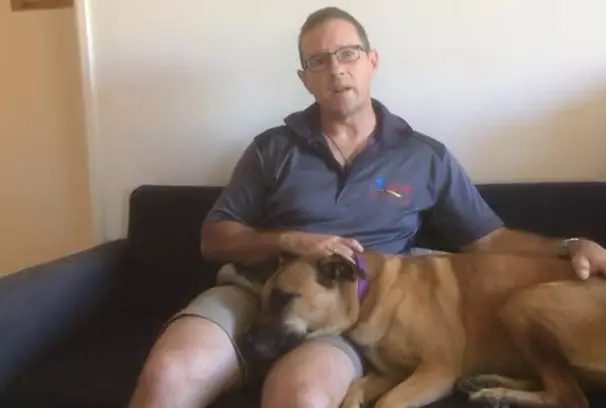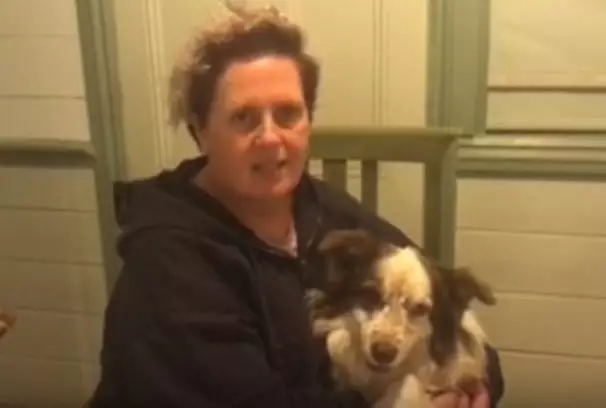Interpreting doggie dreams: Why do dogs twitch and tail-wag in their sleep?
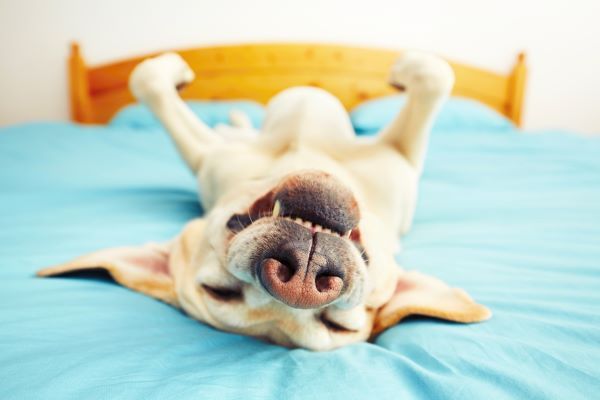
Sleeping dogs… are they not adorable? So peaceful, so calm and relaxed… until all of a sudden, their paws start to twitch, or their legs paddle as if they’re running, or their tail starts wagging, or they may even bark or whimper softly!
While we can’t help but laugh at our furry friends’ sleep-time antics, we may also wonder what’s going on in their furry heads while they’re dozing. Are they dreaming, and if so, what do dogs dream about?
Do dogs dream?
 Yes, we think so. Research shows that dogs’ brainwave patterns during REM (Rapid Eye Movement) sleep, the sleep cycle in which dreaming is most likely to occur, are very similar to those of humans. This suggests they have the capacity to dream.
Yes, we think so. Research shows that dogs’ brainwave patterns during REM (Rapid Eye Movement) sleep, the sleep cycle in which dreaming is most likely to occur, are very similar to those of humans. This suggests they have the capacity to dream.
Dreams are thought to help consolidate memories, process emotions, and reinforce learning. Since dogs learn and remember things throughout the day, it’s likely they replay these experiences in their dreams.
Why the twitches and tail-wags?
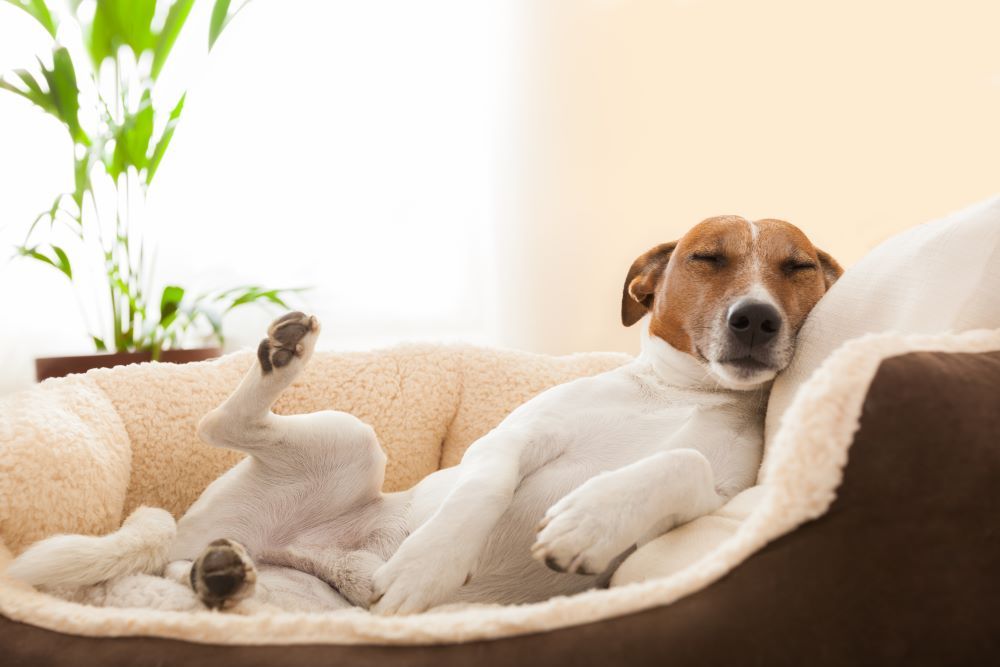
While we can’t know for certain, those funny behaviours you may have noticed, such as twitching paws, running” legs or wagging tail, all suggest the “acting out” of dream scenarios. Your dog may be reliving a playful chase, guarding their territory, or engaging in imaginary adventures.
Dogs make noises in their sleep for the same reason. Whimpers, soft barks, growls, or even howls can all be part of their dream experience.
Other amusing dream-state ‘activities’ that you may observe your dog doing:
- Scrunching or wiggling their noses
- Sniffing
- Lifting or licking their lips
- Chewing
- Eyes moving behind their eyelids
- Paddling their legs as if they’re swimming
- Jerking or twitching their whole body
What do dogs dream about?
Dogs probably dream about activities they experience during the day, such as chasing a ball, playing with other dogs, or exploring new scents.
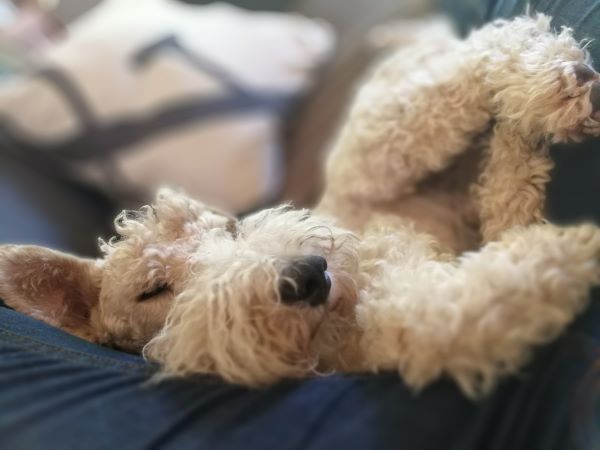
Daily activities
- Doggie dreams may relive mundane parts of their day, such as eating a favourite meal, going on walks, or meeting new dogs or people.
- If your dog has been learning new tricks or commands, they might dream about practicing these skills. This aligns with how sleep helps process and reinforce learning.
Playing and running
- They might dream about chasing balls, playing tug-of-war, playing with a favourite toy or romping with other dogs.
- Twitching legs or “running” motions during sleep often reflect these playful dreams.
Exploring and sniffing
- Given how much of a dog’s day is spent exploring the world through their nose, they likely dream about following interesting scents, discovering new places, or investigating objects.
Bonding with you
- Dogs form strong emotional bonds with their owners, so it’s thought they might dream about spending time with you—whether it’s going for a walk, being petted, or cuddling on the couch.
Chasing prey
- Dogs that retain strong hunting instincts may dream of chasing squirrels, rabbits, or birds. These dreams might trigger barking, growling, or “running” motions during sleep.
Do dogs have nightmares?
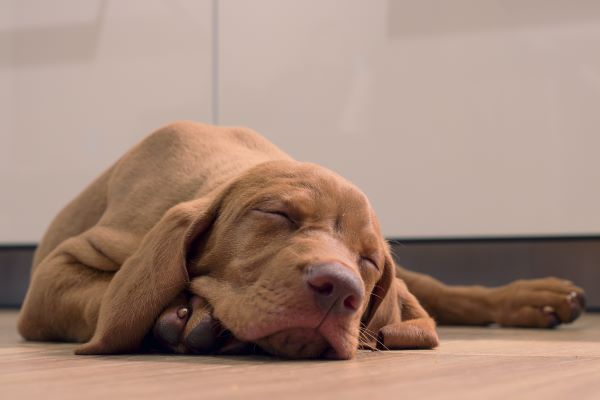
Dogs can also have bad dreams, just like humans. Signs of a nightmare include:
- Whimpering, growling, or yelping
- Rapid movements, as if they’re running or struggling
- Sudden waking with signs of stress or confusion
Bad dreams may be reliving fears like thunderstorms or uncomfortable interactions they’ve experienced, such as being confronted by an aggressive dog in the park.
If your dog looks like they are having a bad dream, let them wake up naturally. Waking a dog mid-dream can startle them, causing confusion, distress or defensive reactions.
Why do dogs sleep so much?
Adult dogs typically need 12 to 14 hours of sleep per day compared to our 7 to 9 hours, and unlike (most of) us, they sleep multiple times throughout the day and night. Dogs typically complete a sleep cycle in about 20 minutes, whereas humans take around 90 minutes. As a result, dogs need to sleep more often to get the same restorative benefits humans get from a consolidated night’s sleep.
During the day, dogs take “catnaps” that last anywhere from a few minutes to a couple of hours. These naps are generally lighter because dogs stay semi-alert to their surroundings, a survival trait passed down from their ancestors.
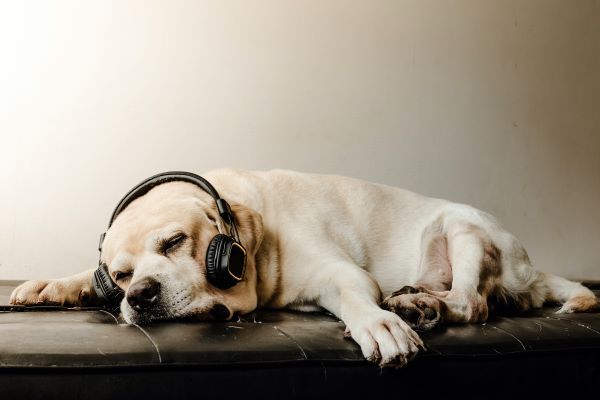
At night, when the environment is usually quieter and there are fewer distractions, dogs are more relaxed, allowing them to experience longer and deeper sleep. This is why Rapid Eye Movement (REM) sleep is more likely to occur at night.
Just like we do, dogs go through different stages of sleep. During REM sleep, the brain is highly active, and this is when dreaming occurs. This is the stage where you’re most likely to see twitches, hear noises, or even notice their eyes moving rapidly under their eyelids.
Are there other reasons dogs may twitch in their sleep?
For the most part, twitching and making noises during sleep are completely normal for dogs and no cause for concern. Reasons other than dreaming may include:
- Neurological activity: During REM sleep, the brain sends signals to the muscles, which can result in twitching. In dogs, the part of the brain that typically paralyses the body during sleep isn’t as developed as it is in humans, so their movements are more noticeable.
- Muscle relaxation: As dogs settle into a deep sleep, their muscles relax. This can lead to small, involuntary twitches as their body fully unwinds.
However, there are a few situations where it might indicate an underlying issue:
- Seizures vs. dreaming: If your dog’s twitching is accompanied by rigid muscles, excessive drooling, or confusion when they wake up, it could be a seizure rather than normal sleep activity. Seizures usually involve more intense movements and don’t stop when you gently wake your dog.
- Excessive twitching or vocalization: If your dog seems unusually restless during sleep or exhibits these behaviours more frequently than normal, it may be worth discussing with your veterinarian.
If you have any reason for concern, consult your vet. It may be helpful to have a video of your dog to show the vet.
Conclusion
 Twitching and making noises in their sleep is a completely normal behaviour for most dogs. It’s a sign that their brain is healthy and active, processing their daily adventures and experiences. So the next time you catch your furry friend paddling their paws or letting out an adorable bark in their dreams, you can relax and enjoy the moment, knowing it’s just a part of their natural sleep cycle.
Twitching and making noises in their sleep is a completely normal behaviour for most dogs. It’s a sign that their brain is healthy and active, processing their daily adventures and experiences. So the next time you catch your furry friend paddling their paws or letting out an adorable bark in their dreams, you can relax and enjoy the moment, knowing it’s just a part of their natural sleep cycle.
Bow Wow Meow Pet Insurance can help protect you and your dog should an unexpected trip to the vet occur.
-
Find out more about our dog insurance options
-
Get an online pet insurance quote
Bow Wow Meow is proud to have been awarded winner of Canstar’s ‘Most Satisfied Customers’ Award in the Pet Insurance category for both 2024 and 2025!
Bow Wow Meow is proud to have been chosen as Product Review’s Pet Insurance Award Winner every year from 2018 to 2025! This is based on 2,995 independent customer reviews (as at 21/01/2025), with an overall rating of 4.3*
Google Review rating = 4.5* (based on 968 reviews)
Trust Pilot rating = 4.6* (based on 531 reviews)
Bow Wow Meow is proud to have been chosen as Product Review’s Pet Insurance Award Winner every year from 2018 to 2025! This is based on 2,995 independent customer reviews (as at 21/01/2025), with an overall rating of 4.3*
Google Review rating = 4.5* (based on 968 reviews)
Trust Pilot rating = 4.6* (based on 531 reviews)
Bow Wow Meow has been chosen as a winner in the Finder Pet Insurance Awards 2024. Finder’s panel of experts analysed over 140 quotes to award our Ultimate Care Plan the winner of the “Pet Insurance – Value” category.

